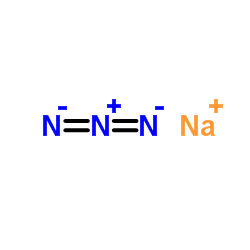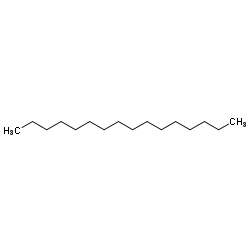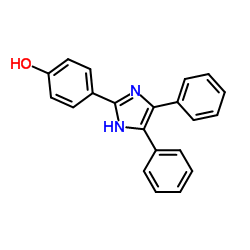| 结构式 | 名称/CAS号 | 全部文献 |
|---|---|---|
 |
叠氮化钠
CAS:26628-22-8 |
|
 |
正十六烷
CAS:544-76-3 |
|
 |
1-十六烯
CAS:629-73-2 |
|
 |
4 -(4、5二苯2咪唑基)苯酚
CAS:1752-94-9 |